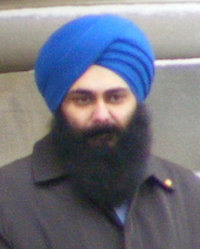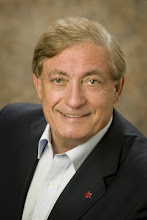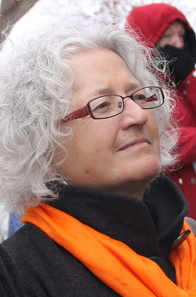
Likely unbeknownst to most Canadians, commissions have been struck across the country and tasked with redrawing our federal electoral boundaries in advance of the expected 2015 general election. The process of electoral redistribution, which is done every decade, accounts for population change in the ridings which we elect Members of Parliament to represent us in the House of Commons. Separate commissions have been struck for each province.
Chairing the Alberta commission is the Justice Carole Conrad, who is currently a member of the courts of appeal of Alberta, the Northwest Territories and Nunavut. Ed Eggerer of Airdrie and Donna Wilson of Edmonton are the two public members appointed to the commission.
The commission is also tasked with adding six new ridings to the province, which will increase Alberta’s representation in the House of Commons to 34 MPs. Alberta’s two largest cities, Calgary and Edmonton, and their surrounding regions, can expect see their representation increased with the six additional ridings.
The federal commission is non-partisan in nature, unlike provincial electoral boundary commissions in Alberta, which include a neutral chairman and two representatives nominated by the leader of the governing party and the official opposition party.
In March 2012, the Alberta commission announced that it would release maps of its proposed boundary readjustments in the coming months (which suggests that it could be soon). Following the release of the maps, the Alberta commission will be holding public hearings to gather feedback on the proposed readjustments commencing in September 2012.

The last federal electoral redistribution took place before the 2004 general election. In Edmonton, a number of ridings which had previously existed entirely within the City limits were redrawn to include large rural areas surrounding the City. This is why capital region communities like Beaumont, Fort Saskatchewan, Leduc, Sherwood Park, Stony Plain, and Spruce Grove find themselves sharing Members of Parliament with suburban Edmonton voters.
In some cases, these outward stretching boundaries have led to interesting internal political disputes.

Before the 2008 general election, conservative partisans in Sherwood Park were upset that Edmontonian Tim Uppal had won the nomination to become the Conservative Party candidate in Edmonton-Sherwood Park following the retirement of long-time MP Ken Epp. Not satisfied with internal party appeals, Sherwood Park resident James Ford challenged Mr. Uppall by running as an Independent candidate in that year’s election. After a fierce election campaign, Mr. Uppal was elected with 17,628 votes to Mr. Ford’s 15,960.

A look at the electoral results from that campaign show that support for each candidate was divided almost entirely by the City of Edmonton boundary (Mr. Uppall earning strong support in Edmonton polls and Mr. Ford sweeping polls in Sherwood Park and Fort Saskatchewan). The geographically-based results were replicated to a lesser extent when Mr. Ford challenged Mr. Uppal once again in the 2011 general election (Mr. Uppal earned a commanding 24,623 votes to Mr. Ford’s respectable 16,263).
It is likely that all partisan eyes are waiting to glimpse at what boundary changes will be made to Edmonton-Strathcona, home of Alberta’s only non-Conservative MP. New Democrat MP Linda Duncan increased her margin of victory when she was re-elected in 2011, but shifting boundaries have a way of changing political fortunes.
UPDATE: Maps of the proposed new federal riding boundaries have been released. I will have a post up tonight on this topic.
